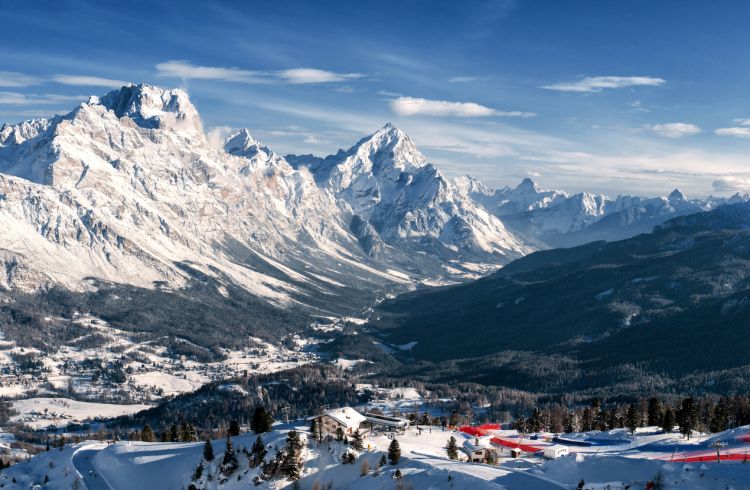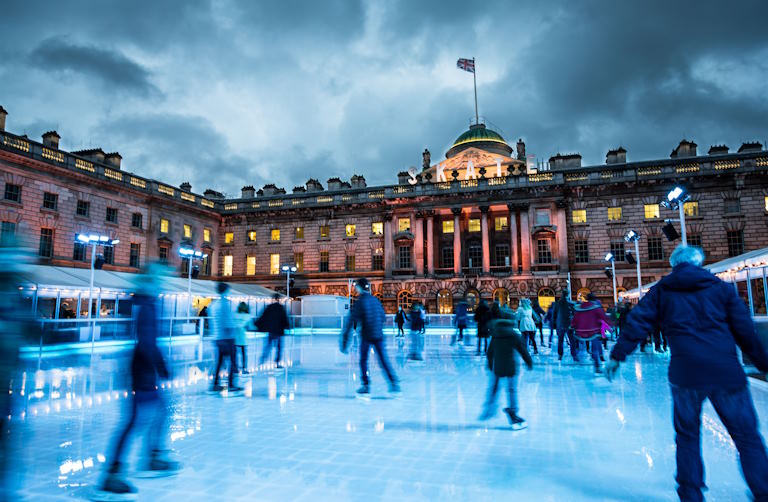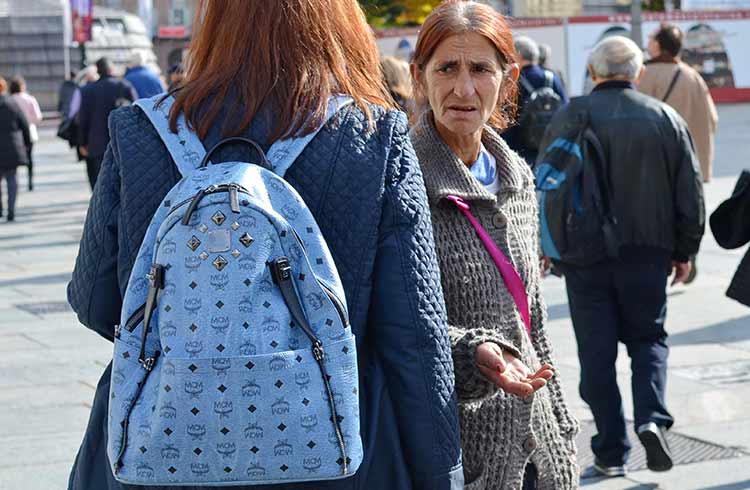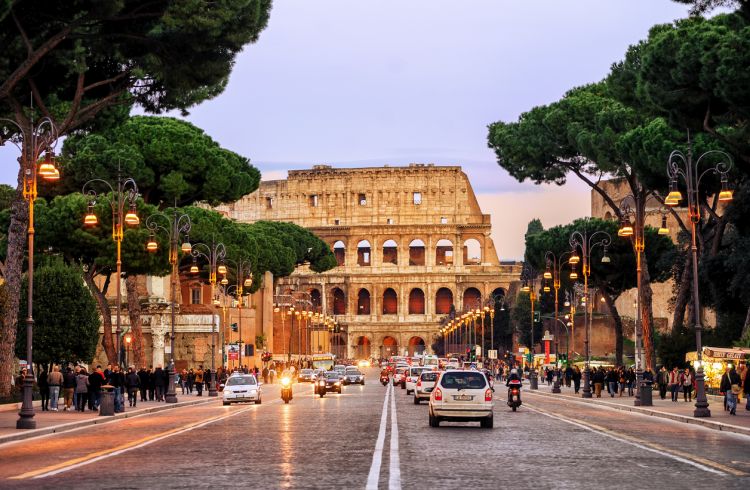Skiing in Italy's Dolomites: 8 Important Safety Tips
Excited to go skiing or boarding in Italy? Don't get complacent – find out how to stay safe on the mountain with these basic ski safety rules.
 Photo © iStock/Giacomomo
Photo © iStock/Giacomomo
We asked DolomiteMountains.com to share its tips and simple precautions on safety in Italy's ski fields.
- Mountain safety in the Dolomites
- What to wear in the Dolomites
- Basic safety in the Dolomites
- Avalanche and weather safety
- Know your limits
- Altitude sickness
- Staying in contact
- Go skiing
Mountain safety in the Dolomites
Winter in the mountains brings with it untold beauty – snow-capped peaks, trees laced with icicles, branches laden with snow, and valleys softly blanketed like a fairy tale.
The Dolomite Mountains are some of the most beautiful in the world, but with this beauty comes hazards. This doesn't mean you should hole up inside and watch from your window. It means planning ahead and taking a few simple precautions so you can make your winter excursions safer – and more enjoyable.
Ski clothing tips for the Dolomites
Dress appropriately. We advocate the layering principle, wearing several layers of clothing that can be added to or removed as needed. The layers should include a wicking base layer, a synthetic middle or insulation layer, and an exterior shell to protect against wind and snow.
Synthetic fabrics are the most effective barrier against the cold and provide the best insulation, they are light in weight, wick away perspiration, and dry quickly if they get wet.
Be sure to protect all exposed appendages to avoid frostbite – don't forget a warm hat and warm weatherproof gloves.
Basic safety in the Dolomites
Never go alone into the backcountry in winter alone. Guided tours with UIAGM or IFMGA Professional Mountain Guides are a great option, but even if you choose not to participate in a guided tour, you should always hike with another person for safety's sake.
Always let someone outside of your group know where you plan on going. Leave word at the front desk of your hotel or with others you are traveling with when to expect you.
Be aware of your surroundings – snow can mask objects that could be dangerous so tread lightly and always watch where you are stepping.
Be avalanche and weather-aware in the Dolomites
Review the avalanche advisory for where you plan to ski or hike, carry and know how to use an avalanche beacon, shovel, and probe pole.
Be aware of weather conditions before beginning your trip, and plan accordingly. Weather conditions can change quickly in the mountains, so pay attention to weather changes as you ski or snowshoe.
Know your limits in the Dolomites
Be aware of your own limitations, and those of other members of your party. A good rule of thumb is to go at the pace of your slowest or least experienced group member.
Pace yourself – even the most experienced skier may find the Dolomites challenging, so be careful and don't push yourself too hard.
Take regular breaks – this shouldn't be difficult given the spectacular beauty you'll be surrounded by.
Bring snacks – while there is fantastic food available at the Rifugios, these can be miles apart.
Always carry a map
Always carry a trail map and compass or GPS – even if you're at a resort. Unlike summer outdoor adventures, where you can easily retrace your trail, in winter, particularly with heavy snow or wind, your trail can easily be covered… If you don't know the area, ask someone for safe well-marked routes, or hire a guide.
Staying hydrated and altitude sickness in the Dolomites
Stay hydrated. Bring water to drink throughout your backcountry skiing or snowshoeing adventure. You may not feel thirsty, but at altitudes above 1,829 meters (6,000 feet) you exhale and perspire twice as much moisture as you do at sea level!
Watch for the signs and symptoms of altitude sickness – headache, nausea, fatigue, and difficulty sleeping. Return to lower elevation if these persist, and consult a physician if the symptoms don't resolve by descending.
Phone home
Bring a cell phone with emergency numbers – Italian mobile service is outstanding in the Dolomites. Make sure to carry the numbers of your destination hotel or rifugio, tour operator, and local emergency services.
Now, go skiing!
Whether you ski, board, or snowshoe, these tips should help you to be safe in your mountainous pursuits.
Ultimately, the best way to remain safe in the Dolomites, or any mountainous area you are not familiar with, is to do so with the assistance of an experienced guide. And, once you've taken precautions to be safe, go out and enjoy yourself.
Related articles
Simple and flexible travel insurance
You can buy at home or while traveling, and claim online from anywhere in the world. With 150+ adventure activities covered and 24/7 emergency assistance.
Get a quote


No Comments